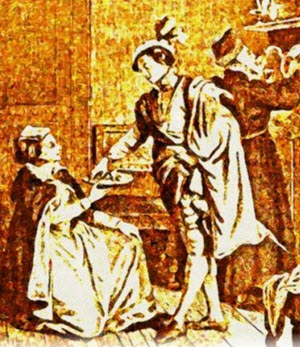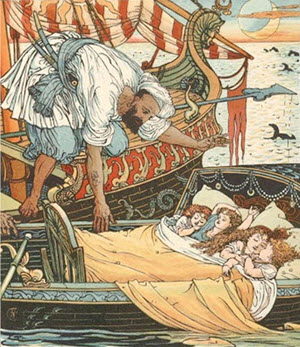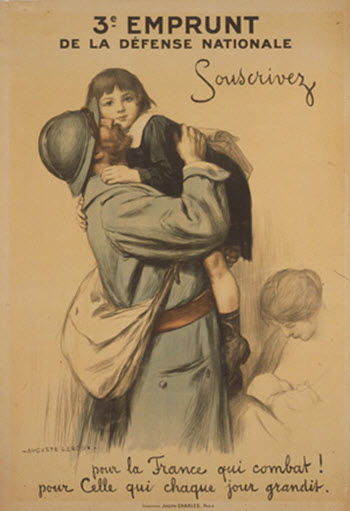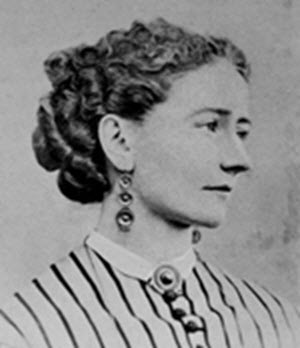The Adventures of Baron Munchausen

The Adventures of Baron Munchausen - History's Greatest Liar
The Adventures of Baron Munchausen is a collection of tall tales published in 1785 by the German author Rudolf Erich Raspe, who strangely wrote the original version in English. The tales are loosely based on the life and braggart story telling of the real Baron Munchausen.
The real baron who is both the hero and subject of ridicule in the book was named Karl Friedrich Hieronymus Freiherr von Munchausen. Munchausen was born in the Electorate of Brunswick-Luneburg, a state which would eventually form part of unified Germany. As a young man, the Baron served as a mercenary in the service of the Russian Empire and fought against the Turks of the Ottoman Empire in Crimea and in northern Russia against Sweden. He appears to not have served with any notable distinction. In his ten years of service, Baron Munchausen never rose above the rank of captain in the Russian Army.
After his retirement, Baron Munchausen settled down and enjoyed the life of a wealthy landowner in his native Germany. He would have passed into obscurity but for his tendency to regale his friends and acquaintances with tall tales of his military exploits, which were so outlandishly improbable that they earned the Baron the nickname the "Baron of Crac" ("baron of lies", according to the expression "tell cracks").
His legendary tall tales inspired Rudolf Raspe to write a book featuring a fictionalized Baron Munchausen who tells a series of improbable tales, which he apparently has convinced himself are true. The book has some things in common with Cyrano de Bergerac and with Gulliver's Travels, but is more humorous. The real Baron was not at all amused, however. Raspe's book was a tremendous success and led to four ever-expanding new editions. In 1786, these stories were translated into German by Gottfried August Burger and many adventure stories were added. Although these publications made Hieronymus von Munchausen world-famous, they solidified his reputation as the Lying Baron and exposed him to ridicule in real life.
Munchausen ties his horse to what he believes is a stake on a winter night, but it is actually the tip of the weathercock of a church tower. After a snow melts, the horse dangles from the church tower. Munchausen shoots through the halter strap with his pistol, so that the horse falls down and he can continue his journey.
-
Munchausen catches ducks with pieces of bacon tied to a leash, but they then flutter up and carry him through the air.
Munchausen hunts an eight-legged hare.
Munchausen's horse is divided in two by a gate. While the baron unknowingly rides with the front half to the potion, the rear one enjoys himself on the meadow with mares.
Munchausen rides on a cannonball over a besieged city, inspects the enemy positions and unceremoniously switches to a bullet flying in the opposite direction.
Munchausen pulls himself out of the swamp with his horse on his own hair.
Munchausen is attacked by a rabid dog who bites into his overskirt. Later, the skirt itself shows signs of rabies and attacks its owner.
Baron Munchausen has become so synonymous with lying that a psychiatric illness, Munchausen Syndrome, in which patients invent symptoms and maladies in order to get attention, has been named after him. His story of saving himself from quicksand by pulling himself out by his own hair (without any support) has led to Munchausen trilemma, also called Agrippa's trilemma, from the name of the ancient philosopher who first expressed it, because this problem highlights the fact that, just as the baron managed to pull himself out of quicksand by lifting himself by the hair without any support (which is normally impossible), the reasoning criticized by this trilemma is in one way or another its own foundation, which demonstrates its absurdity.
The popularity of the Adventures of Baron Munchausen has led to many copies, parodies, pastiches and continuations of his adventures by other authors. His adventures have also been illustrated by many notable artists including:
George Cruikshank (1792–1878)
Gustave Dore (1832-1883)
Alfred Croqwill (1804-1872)
Theodor Hosemann (1807-1875)
You can read the Adventures of Baron Munchausen here.





